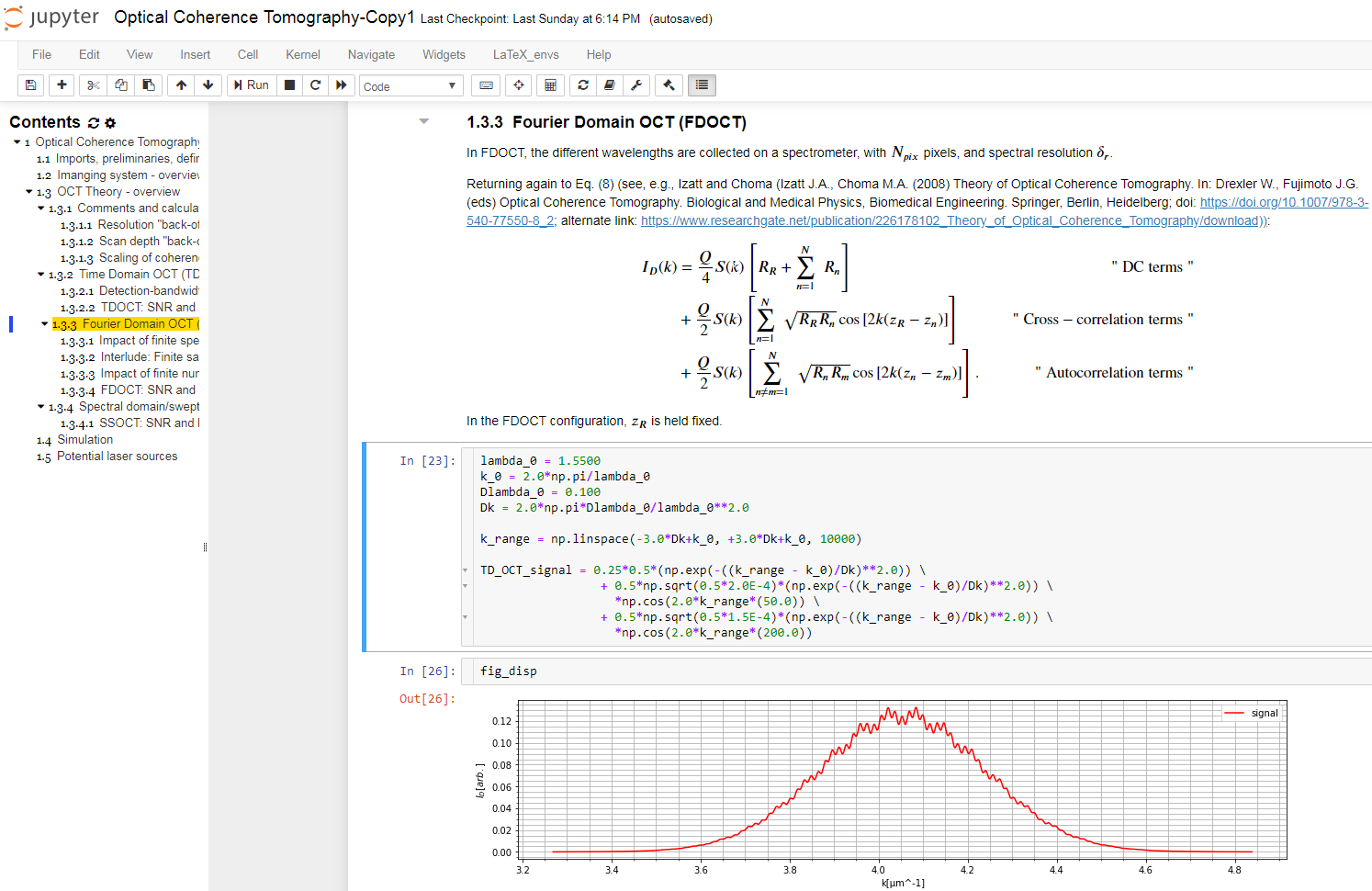

- HOW TO COMBINE TWO ARRAYS IN PYTHON JUPYTER NOTEBOOK HOW TO
- HOW TO COMBINE TWO ARRAYS IN PYTHON JUPYTER NOTEBOOK FULL
- HOW TO COMBINE TWO ARRAYS IN PYTHON JUPYTER NOTEBOOK SOFTWARE
- HOW TO COMBINE TWO ARRAYS IN PYTHON JUPYTER NOTEBOOK CODE
HOW TO COMBINE TWO ARRAYS IN PYTHON JUPYTER NOTEBOOK SOFTWARE
In PYNQ, PL bitstreams are encapsulated in pre-built libraries called overlays, which serve a similar role as software libraries in the development process and execution environment. Xilinx effectively removed that barrier with its PYNQ environment.

For developers hoping to leverage FPGA performance, the conventional FGPA development process has remained a significant barrier to implementation. (Image source: Xilinx)Įven with simplified PL loading processing, developers have in the past been left to deal with the complex FPGA development process needed to generate the required bitstreams.
HOW TO COMBINE TWO ARRAYS IN PYTHON JUPYTER NOTEBOOK CODE
After configuration and PL configuration are completed, the device begins executing the application included in the boot code.įigure 2: In a boot sequence similar to conventional microcontrollers, a Xilinx Zynq-7000 SoC runs code from Boot ROM that loads and executes the boot loader, which handles subsequent stages including using a bitstream packaged in the boot code to configure the programmable logic fabric.

When boot code loading completes, the processor uses the included bitstream to configure the PL. Along with code for configuring the processor system components, the boot code includes the PL bitstream as well as the user application. At power-on or reset, the boot process starts when a Zynq processor executes a short piece of code from its read-only BootROM to fetch the actual boot code from a boot device. This boot process occurs through a short sequence of steps managed by one of the Zynq’s processors (Figure 2). As a result, the FPGA loading process more closely resembles that of a conventional microcontroller’s boot process than a traditional FPGA bitstream initialization. With the Zynq SoC, an integrated processor performs a conventional microcontroller’s tasks, including managing the PL fabric and other on-chip peripherals.

In a typical microcontroller-based system built with an FPGA, developers needed to manage the sequence and security for loading bitstreams that program the FPGA. This integration further simplifies the critical task of loading the PL fabric during power-on or reset sequences. (Image source: Xilinx)īesides reducing parts count, integration of the processors and PL fabric allows operations to occur across on-chip buses rather than through off-chip access. Using these resources, developers can configure the PL fabric into specialized processing chains needed to speed throughput in complex compute-intensive algorithms.įigure 1: The Xilinx Zynq-7000 SoC combines a dual-core Arm Cortex-A9 processor, programmable logic fabric, and an extensive set of peripherals and interfaces needed in many embedded applications. Along with its built-in processors and an extensive complement of peripherals, the Zynq SoC offers up to 2,020 digital signal processing (DSP) blocks, or slices. For example, the Xilinx Zynq-7000 SoC combines a dual-core Arm® Cortex®-A9 processor system with up to 444,000 logic cells in its integrated programmable logic (PL) fabric (Figure 1). In fact, FPGAs have emerged as a dominant platform for speeding artificial intelligence algorithms in edge-computing systems (see, “ Use FPGAs to Build High-Performance Embedded Vision Applications with Machine Learning”).ĭesigned specifically for embedded applications, more advanced FPGA system-on-chip (SoC) devices integrate programmable logic (PL) fabric with a microcontroller. Why FPGAs?Įngineers who need to employ complex, compute-intensive algorithms often rely on FPGAs to accelerate execution without compromising tight power budgets.
HOW TO COMBINE TWO ARRAYS IN PYTHON JUPYTER NOTEBOOK HOW TO
This article will describe the typical FPGA approach before introducing and showing how to get started on a development board from Digilent that provides a powerful open source alternative for speeding development of FPGA-based systems.
HOW TO COMBINE TWO ARRAYS IN PYTHON JUPYTER NOTEBOOK FULL
Using a development board designed specifically to support PYNQ, developers with little FPGA experience can rapidly implement designs able to take full advantage of FPGA performance for speeding compute-intensive applications. The emergence of the Python Productivity for Zynq (PYNQ) development environment based on Jupyter notebooks addresses the issue of FPGA programmability. Yet, the detailed steps involved in conventional FPGA programming have been prohibitive, encouraging designers to seek alternative processing solutions, until now. Designers have traditionally turned to field programmable gate arrays (FPGAs) to accelerate performance in hardware designs for compute-intensive applications such as computer vision, communications, industrial embedded systems, and increasingly the Internet of Things (IoT).


 0 kommentar(er)
0 kommentar(er)
